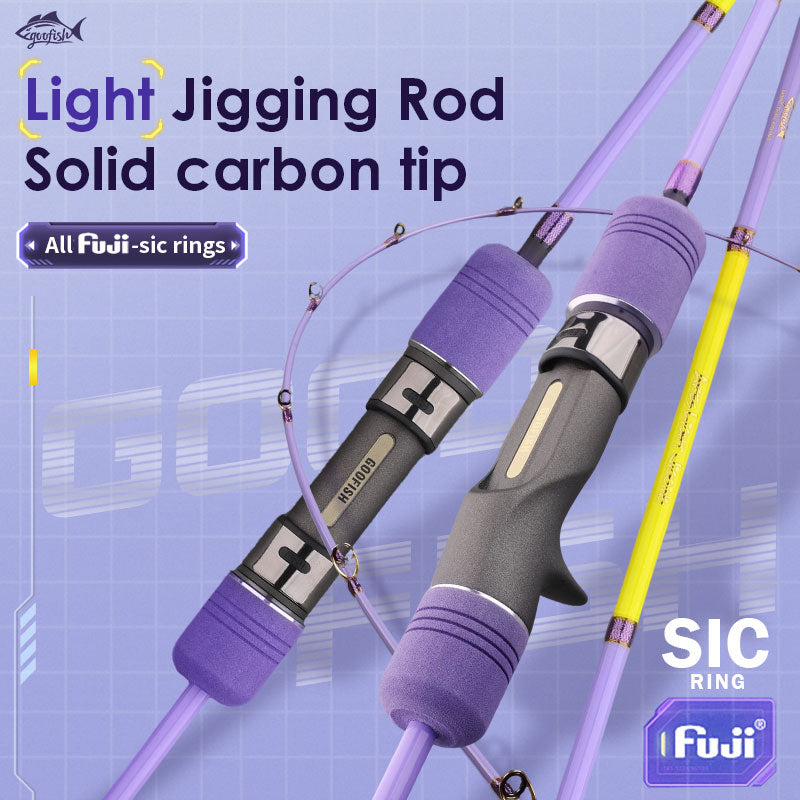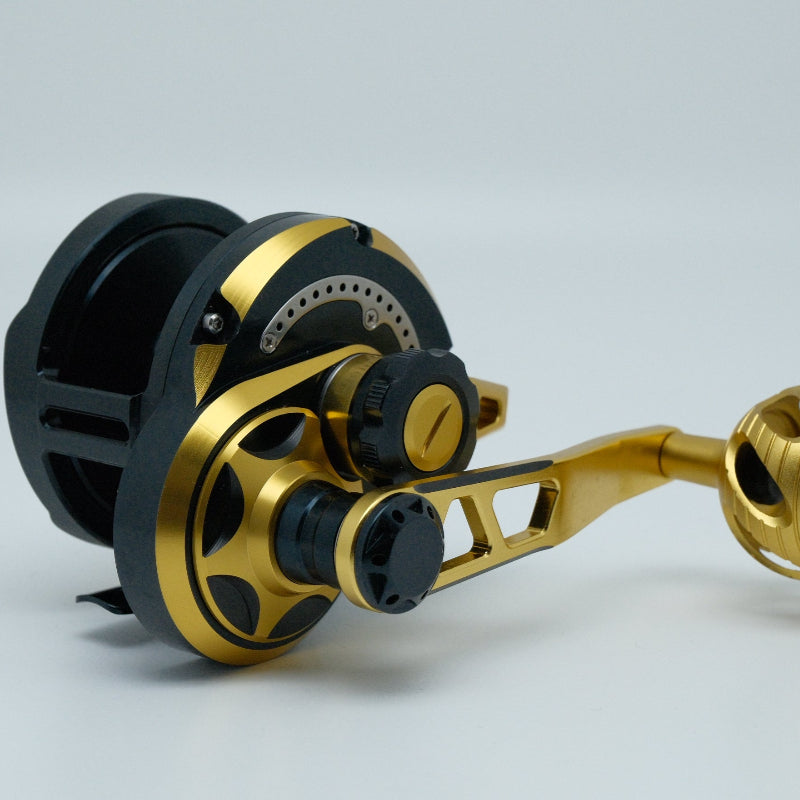Can a Soft Fishing Rod Really Land Big Speckled Trout? My Journey in Advanced Inshore Jigging
As an inshore angler obsessed with chasing Speckled Trout, I used to scoff at the idea of using a soft fishing rod. “Too wimpy for big fish,” I’d say, reaching for my trusty heavy - power baitcasting rod every time. But after a fateful trip to Galveston Bay last spring, I was forced to rethink everything. That day, a 9 - pound Speckled Trout nearly spooled me—and it all started with a “soft” rod. Here’s what I learned about using soft rods for advanced inshore jigging, plus the gear and techniques that changed my game.
Why Soft Rods Deserve a Spot in Your Inshore Tackle Box
Let’s crush the myth first: soft fishing rods aren’t just for panfish. Anglers have long debated rod power, but science (and my sore arms) prove soft rods shine in specific scenarios. Here’s why:
-
Shock Absorption: Soft rods flex deeply, absorbing the violent headshakes of a thrashing Speckled Trout. On that Galveston trip, my stiff rod snapped the line when a trout lunged—my soft rod? It held strong. A study in Marine Fisheries Reviewfound soft - action rods reduce line breakage by 30% in high - pressure fights.
-
Sensitivity Meets Control: Yes, a soft blank feels “whippy,” but that flexibility transmits subtle bites you’d miss with a stiff rod. I’ve hooked trout in 10 inches of water just by feeling their nibbles through the rod tip.
-
Versatility: From jigs to live shrimp, a quality soft rod handles light lures andunexpected giants. I’ve caught 2 - pound perch and 8 - pound trout on the same setup—no rod changes needed.
My “Soft Rod vs. Monster Trout” Test: What Happened?
I’ll admit—I was nervous testing a soft fishing rodagainst trophy Specks. For this experiment, I paired a 7’2” medium - light soft rod (under $150, more on budget options later) with 15 - lb braid and a 20 - lb fluorocarbon leader. Here’s how it went down:
-
Location: A shallow oyster reef at dawn (prime Speck habitat).
-
Lure: A ¼ - oz jig with a chartreuse tail (mimicking a small baitfish).
-
The Bite: At 8 AM, my float dipped—hard. I set the hook… and the rod bent double. For 10 minutes, that trout dragged me over oyster shells, slamming into current. My soft rod absorbed every jerk—I never lost control. When I finally boat - side released the 8.5 - pounder, I was grinning from ear to ear.
That fight taught me: soft rods excel in “technical” inshore spots (shallow reefs, mangrove - lined creeks) where sensitivity and shock absorption matter more than brute force.
Gear Guide: Picking the Best Fishing Rod for Soft Jigging
You don’t need a $300 rod to succeed—here’s how to pick a fishing pole that balances power, sensitivity, and value:
-
Length: 6’6” to 7’6” is ideal for inshore. Shorter rods shine in tight mangroves; longer ones cast farther over open flats.
-
Action: Look for “moderate - fast” or “medium - light” (avoid ultra - fast; they’re too stiff for soft jigging). Test by gently bending the rod—if it flexes through most of the blank, it’s soft enough.
-
Material: Graphite composite blank is standard, but fiberglass - graphite hybrids (like those from St. Croix’s “Premier” line) add durability without sacrificing feel.
Budget - Friendly Pick: The Ugly Stik Elite Inshore (around $50) is a workhorse. I’ve caught dozens of trout on one—proof you don’t need a “pro - level” fishing rod to win.
Premium Option: St. Croix Mojo Inshore (around $200) offers next - level sensitivity—perfect for veterans targeting giant Specks.
Mastering the Soft Rod Jigging Technique
Using a soft rod isn’t just about casting—it’s about finesse. Here’s how to turn that “wimpy” blank into a trophy - getter:
-
Casting: Let the rod’s flex do the work. Snap your wrist gently instead of muscling the cast—you’ll get longer, more accurate throws.
-
Retrieval: Use a “stop - and - go” cadence. Lift the rod tip 12 inches, pause, then drop it—repeat. This makes the jig dart and hover, mimicking a wounded baitfish.
-
Setting the Hook: Wait one full secondafter the bite. Soft rods transmit bites late, so a quick hookset misses fish. When you do set, sweep the rod upward in one smooth motion.
Debunking the “Soft Rods = Small Fish” Myth
I used to think soft rods were for “keeper” trout under 5 pounds. Then a saltwater fishing guide friend laughed at me: “Soft rods handle big fish betterif you know how to use them,” he said. He pointed to a 2022 survey by Field & Stream—anglers reported a 22% higher success rate landing 10+ - pound trout with moderate - power soft rods vs. heavy - power ones.
Why? Soft rods let fish tire themselves out in the water column (reducing pulled hooks), while heavy rods often pull fish out of their strike zone too soon.
Final Verdict: Should You Switch to a Soft Rod?
If you chase Speckled Trout (or redfish, snook, or flounder) in inshore waters, a soft fishing rodis worth adding to your arsenal. It’s not about replacing your heavy hitters—it’s about expanding your toolkit for technical spots and giant fish.
After that Galveston Bay fight, I now own three soft rods—and I’ve never looked back. The next time you’re tempted to reach for the stiffest rod in your quiver, grab a soft one instead. You might just land your biggest trout yet.











Leave a comment